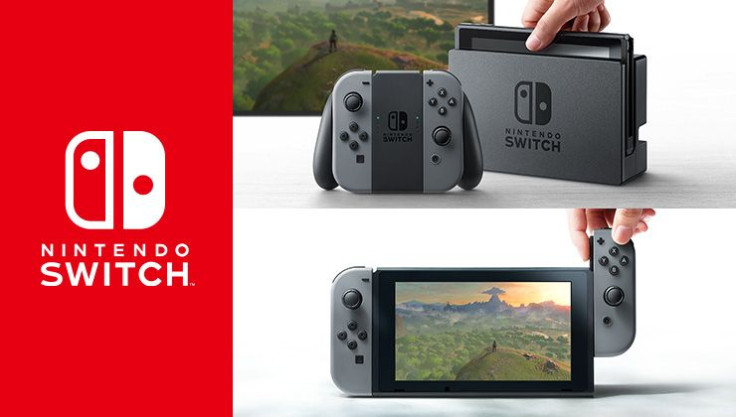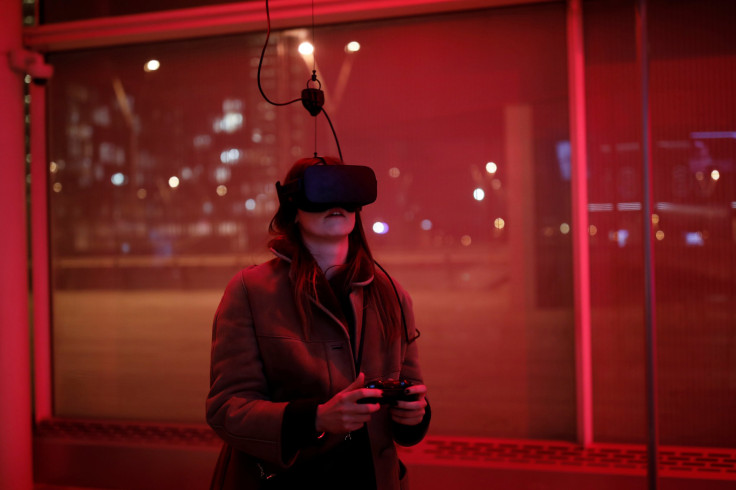Gaming Industry Trends In 2017: Nintendo Switch, Console Updates, VR Hardware
What gaming hardware will rule the roost in 2017? It is impossible to say for sure, but findings from the latest edition of the annual State of the Industry Survey by the Game Developers Conference (GDC) offers some insight.
Over 4,500 game developers participated in the survey, whose findings were shared with International Business Times, and the hardware trends seemed quite clear.
Nintendo’s upcoming console, Switch, was largely met with enthusiasm, with almost 50 percent of developers saying they believed it would outsell Nintendo’s currently most popular console, the Wii U, which has sold about 13 million units worldwide. Only 14 percent thought Switch would sell less than the Wii U, while the rest were unsure.

However, when it came to the core feature of the Switch — the ability to change between a portable and a docked console — the responses were a lot more mixed. Only 19 percent of respondents were sure the feature was exactly what the gaming world needs right now, while 11 percent said gamers won’t be interested in it at all. Another 23 percent were not sure how it would be received upon its launch, and a huge 48 percent said the product may resonate with people but didn’t see it as a “world-changing” development.
When it came to other consoles, specifically the mid-cycle updates by Sony and Microsoft — the PlayStation 4 Pro and the Xbox’s Project Scorpio respectively — developers were generally less enthusiastic and unsure of the merits.
Only 18 percent thought the updates were good for the industry, and a large 36 percent were neutral about it. A larger 41 percent of developers were undecided on the issue, but only a small 5 percent thought it was a negative development.
There seemed to be a big shift underway in virtual reality gaming, with more developers now preferring HTC Vive over Oculus Rift. In last year’s survey, of those working on VR titles, 19 percent were working on games for the Rift while only 6 percent was working on games for the Vive. In this year’s survey, that number has climbed slightly to 23 percent for the Rift, but jumped four times to 24 percent for the Vive. Support for Sony PlayStation VR has climbed for 6 percent to 13 percent in the same time.

Only 30 percent of the respondents are currently working on VR titles, and when asked about which platform they would likely work on next, Vive performed even better. About 40 percent developers said they would choose the Vive for their next title, 37 percent supported the Rift and the PS VR came in third place with 26 percent.
Even when it came to developing VR/AR games exclusive to specific platforms, of those developers working on such titles, 33 percent said it was for HTC Vive. Only 24 percent were working on games exclusive to the Oculus Rift, and 15 percent were developing titles exclusively for the PlayStation VR.
The release of Microsoft’s HoloLens Augmented Reality platform may shake things up a bit, but the trend clearly points to a consolidation in the VR/AR industry, with the top players taking a bigger chunk of development.
GDC 2017, organized by the UBM Game Network, will take place from Feb. 27 to March 3 at the Moscone Convention Center in San Francisco.
© Copyright IBTimes 2024. All rights reserved.





















